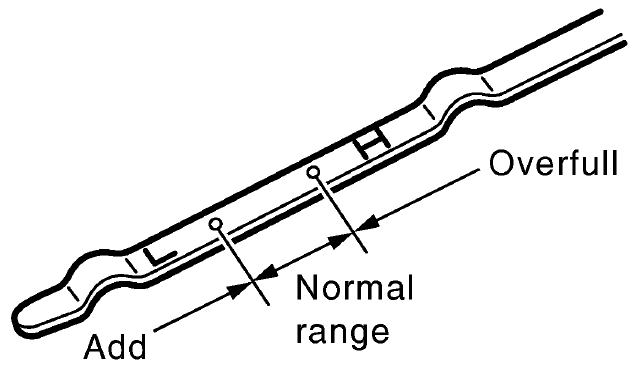How to Check & Change Oil

Now, you will all have different cars, all with slightly different ways of doing things, but with an oil change, things are pretty uniform across most makes. Checking your oil is usually a very simple and straightforward process, but a lot of us forget about how often we should really be checking. It is a good habit to check your oil every month or more often (depending how much you drive). Here is a good base guide for all car owners to follow if you are unsure about what to do:
1. Read the Vehicle Handbook
This is a good place to start, obviously, but make sure you give it a good once over and make sure you aren’t accidentally pouring oil into the screen wash tank! Most engines will come with a dipstick to check the level of engine oil in the sump (storage area for oil), although some may rely solely on sensors.
2. Park on a flat surface
You will have to park somewhere relatively flat to make sure you get an accurate reading. It is also important to note whether the engine should be cold or warm whilst doing the check/change.
3. Open the Bonnet

You would be amazed how many people don’t know where their bonnet release handle is! If you have an older car, it will probably have a stay (metal rod) that you can lift to lock the boot upright.
4. Dip the stick
When checking oil, make sure to have a clean piece of kitchen roll/toilet paper to wipe the dipstick before checking the oil level. Once clean, dip it back in and leave it for a couple of seconds before removing it again to see how high up the marks go. The oil should be a brown/black/golden (ish) colour, and if you see any particles in it, or any other colour then its probably best you take it to a garage.
5. Minimum & Maximum marks

The oil mark should line up somewhere between the minimum and maximum marks on your dipstick. If it is close or lower than the minimum point then its best to put some fresh stuff in.
6. Find and Remove oil filter cap
This one is pretty self-explanatory; it will literally have oil (or something similar) written on it!
7. Add a small amount of oil
Putting too much oil in your engine can cause serious damage, so its best to play it safe and add a little bit at a time. Always check the level before adding in more oil. Wait a couple of minutes before removing the dipstick again to check where the level is and once you’re happy, close up the lid and make sure you wash your hands thoroughly.
8. Close bonnet securely
Make sure the bonnet is shut properly, and you should be good to go!
If this is your first time attempting, it is probably best you have someone with you who has some idea of what they are doing to oversee, but it is a much simpler process then people think it to be! For more tips and guides about maintaining your car plus loads of other interesting topics, why not follow us on social media?














